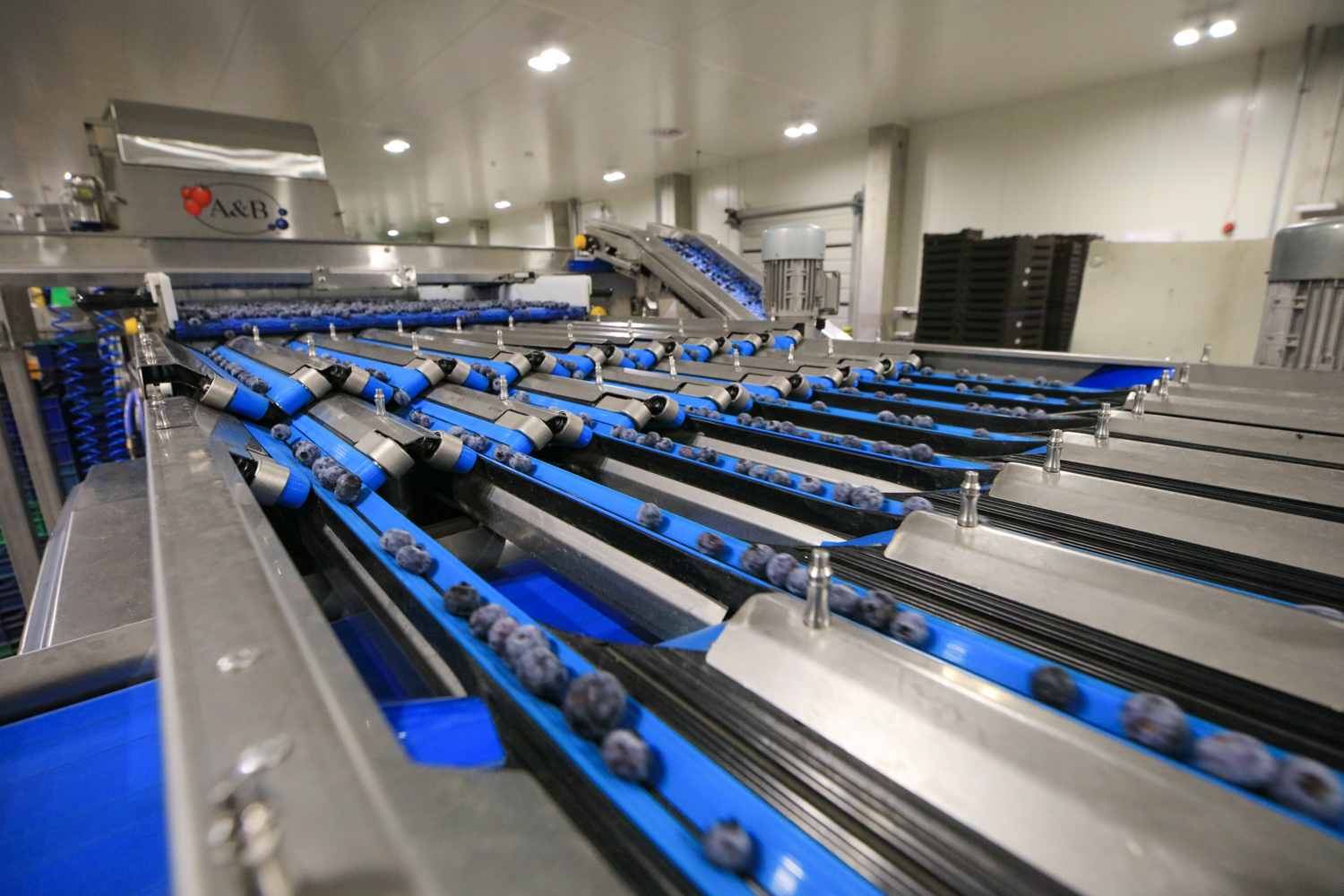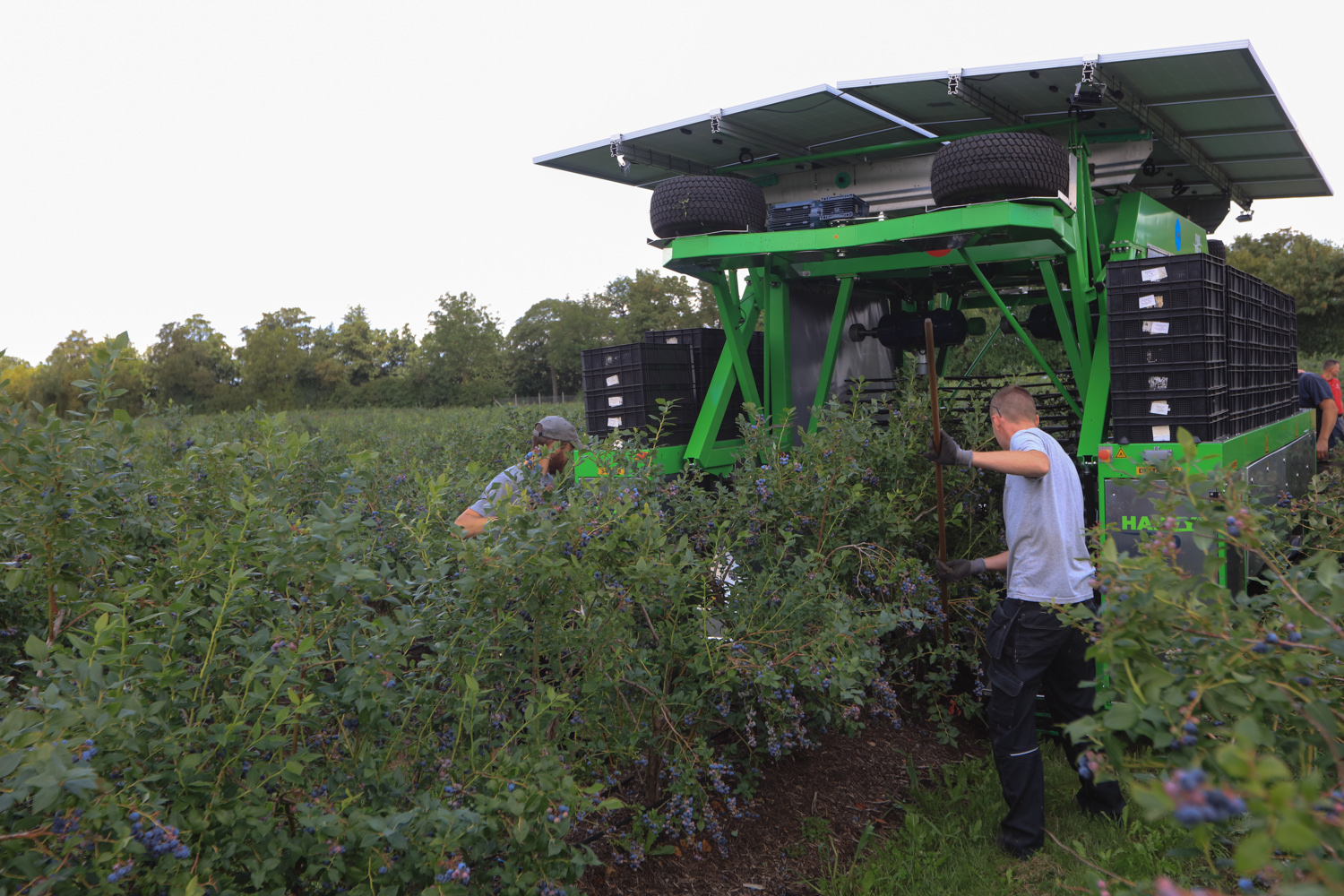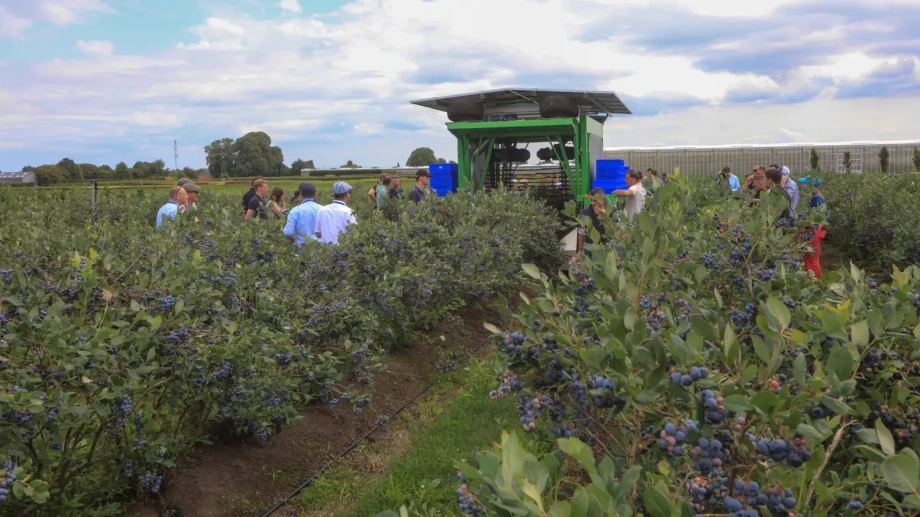The global production of blueberries is consistently on the rise. According to projections from the International Blueberry Organization, by 2030, the overall industry production is expected to increase from 2 million tons per year to 3 million tons of harvested blueberries worldwide. Will blueberries become the most popular fruit globally during this period? Achieving such a result poses a challenge for the entire industry.
Trend and challenges will be analyzed during the International Blueberry Conference, scheduled in Poland for March 7-8, 2024.
Blueberries 365 days a year
Observing the development of the blueberry market worldwide (as this species is already cultivated on all continents), there is a noticeable increase in the supply of these berries alongside progressive changes in quality. Indications suggest that the quality of blueberries will continue to improve, attributed to the development and implementation of new varieties—a positive trend.
Consumers should be assured of a consistent high fruit quality for 52 weeks a year. As consumers become more aware, they pay attention to the origin and production methods of the fruit. This emphasizes the importance of establishing a local market for fruit. Viewing blueberries solely as an export fruit is often a misconception. In many countries, such as the Netherlands, Germany, and Great Britain, awareness of purchasing locally sourced products, despite higher prices, is becoming increasingly common.
In 2030, the global volume of blueberry production may reach or surpass 3 million tons. This will necessitate the creation of increasing demand for fruit, as emphasized by Cort Brazelton during the recent International Blueberry Organization summit in Poland. He added, "We have to make blueberries our favorite fruit." For this to succeed, blueberries must maintain high quality 365 days a year, ensuring consumers do not experience disappointment when purchasing and consuming blueberries.

Trends in breeding new varieties
Beyond the firmness of blueberry fruit, susceptibility to bruising is an important feature. With an increasing use of machine harvesters in harvesting blueberries (a trend expected to continue in the coming years), followed by sorting on production lines, the fruit becomes exposed to potential internal defects. When assessing new varieties, it becomes crucial to evaluate the fruit's susceptibility to such damage.
Anticipated is the introduction of many new blueberry varieties to the market, often closely resembling each other. It is imperative to assess their performance in specific locations (microclimate conditions) before widespread planting.
How are blueberries oerceived by consumers?
Creating a global consumer perception of blueberries as fruits with special health benefits is necessary. Research in the USA indicates that men and families with children at home are most likely to regularly choose and purchase blueberries. This information is vital in shaping how blueberries should be promoted and which demographic to target. Numerous health-promoting arguments can be leveraged to promote blueberries.
Consumer barriers include variable quality during subsequent purchases and price. Despite being among the most frequently consumed fruits, blueberries face competition from oranges, mangoes, and strawberries.
Therefore, continued efforts to promote blueberries are essential. In the United States, a perception of the health benefits of consuming blueberries is already taking root—blueberries for mental health, blueberries for the heart, blueberries for overall well-being. Promotional advertisements in the USA, such as "It's worth reaching for blueberries and grinning," exemplify this approach.
Packaging sizes vary by market. In the USA, standard packages are 250 and 500 grams, with 1 kg packages also common during periods of high supply and lower prices—reflecting the American preference for larger quantities. Packaging becomes less critical when there is a stable fruit supply.
"Let’s make blueberries the world's favorite superfruit"—this should be the goal for all participants in the blueberry market, asserts Dominika Kozarzewska, president of the Polskie Jagody group.

Climate limitations
Cultivating many species, including blueberries, in traditional regions faces challenges due to various climate changes. The impact of El Niño on blueberry production in Peru during the 2023 season perfectly demonstrated this. Water deficit is emerging as a serious threat in many regions, with farmers in Spain, California, and Portugal already grappling with this issue.
Challenges for production include shrinking land resources for cultivation and decreasing substrate availability. The industry must address environmental concerns related to plastic consumption limits, carbon footprint, efficient water management, and fertilizer use. All these factors necessitate changes in cultivation technology while striving for the highest possible yields and the best fruit quality.
The International Blueberry Conference, scheduled for March 7-8, 2024, in Ozarow Mazowiecki, Poland, presents a great opportunity to discuss the future of the blueberry market. The agenda and registration details are available online.










